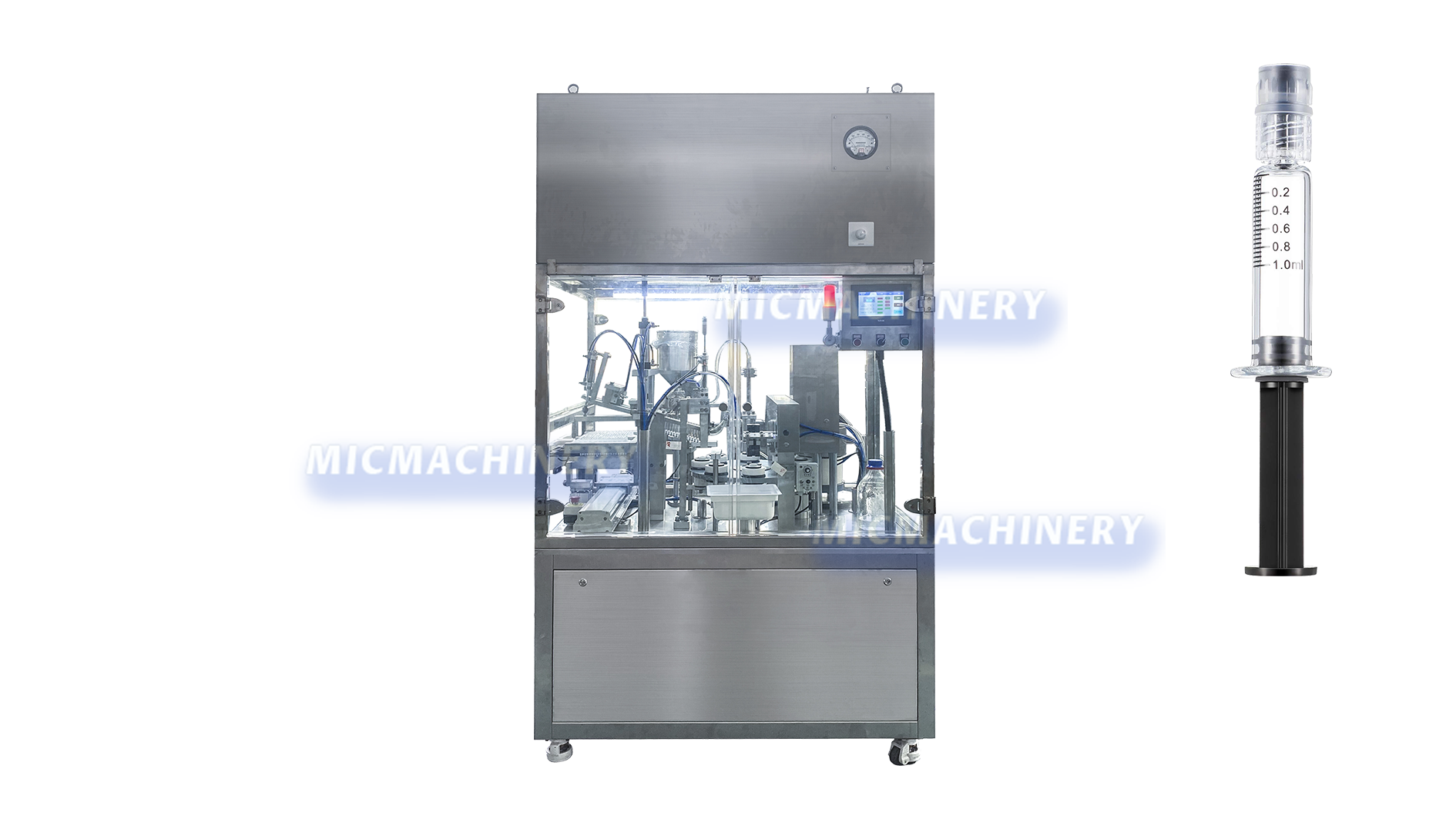How to Adjust Beer Can Filling Machine
How to Adjust Beer Can Filling Machine
Beer can filling machines are pivotal in the brewing industry, ensuring efficient and precise filling processes. To unlock their potential, let's delve into four key questions surrounding their operation and adjustment.
What is the mechanism of a beer can filling machine?
Beer can filling machines employ a sophisticated mechanism designed for accuracy and efficiency. Key components include:
1. Can conveyor: Transports empty cans through the filling process in a controlled manner.
2. Filling valve: Controls the flow of beer into cans, ensuring precise filling levels and minimizing foam.
3. Seaming station: Seals filled cans with lids, creating a secure closure to preserve beer freshness.
4. Control panel: Allows operators to adjust settings such as fill volume, speed, and can size for customized production.
How does a beer can filling machine work?
The operation of a beer can filling machine involves several sequential steps:
1. Can loading: Empty cans are loaded onto the conveyor belt or track, ready for filling.
2. Filling process: Cans move along the conveyor while the filling valve dispenses beer into each can at a controlled rate.
3. Foam control: Specialized mechanisms, such as foam domes or vacuum systems, minimize foam formation during filling.
4. Seaming: Filled cans are sealed with lids at the seaming station, ensuring a tight and secure closure.
5. Quality control: Inspection systems may be employed to detect leaks or defects in filled cans before packaging.
How does a beer can get filled?
Beer cans are filled through a process known as counter pressure filling, which involves several key steps:
1. Purging: Empty cans are purged with CO2 to remove oxygen and create an inert atmosphere.
2. Filling: Beer is injected into the pressurized cans through the filling valve, maintaining carbonation levels and minimizing foaming.
3. Seaming: Once filled, cans are sealed with lids at the seaming station to preserve freshness and carbonation.
4. Quality assurance: Filled cans undergo inspection to ensure proper filling levels and sealing integrity before packaging.
What are the principles of filling technology?
Principles of filling technology encompass various techniques and considerations to optimize filling processes:
1. Precision filling: Fine-tuning filling parameters, such as fill volume and speed, to ensure accurate and consistent filling.
2. Foam management: Implementing strategies to minimize foam formation during filling, such as controlled flow rates and foam control devices.
3. CO2 management: Maintaining proper CO2 levels throughout the filling process to preserve carbonation and prevent oxidation.
4. Sealing integrity: Ensuring a secure seal between cans and lids to preserve beer freshness and prevent leaks.
5. Hygiene and sanitation: Adhering to strict hygiene protocols to prevent contamination and ensure product safety.
In conclusion, adjusting beer can filling machines requires a thorough understanding of their mechanisms, operation, and filling principles. By mastering these aspects, brewers can optimize efficiency, maintain product quality, and deliver a superior drinking experience to consumers.


